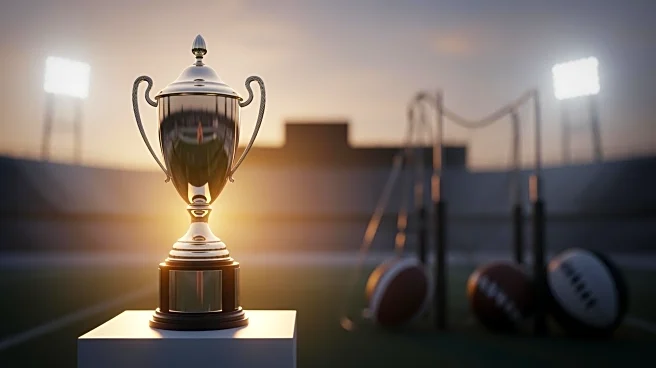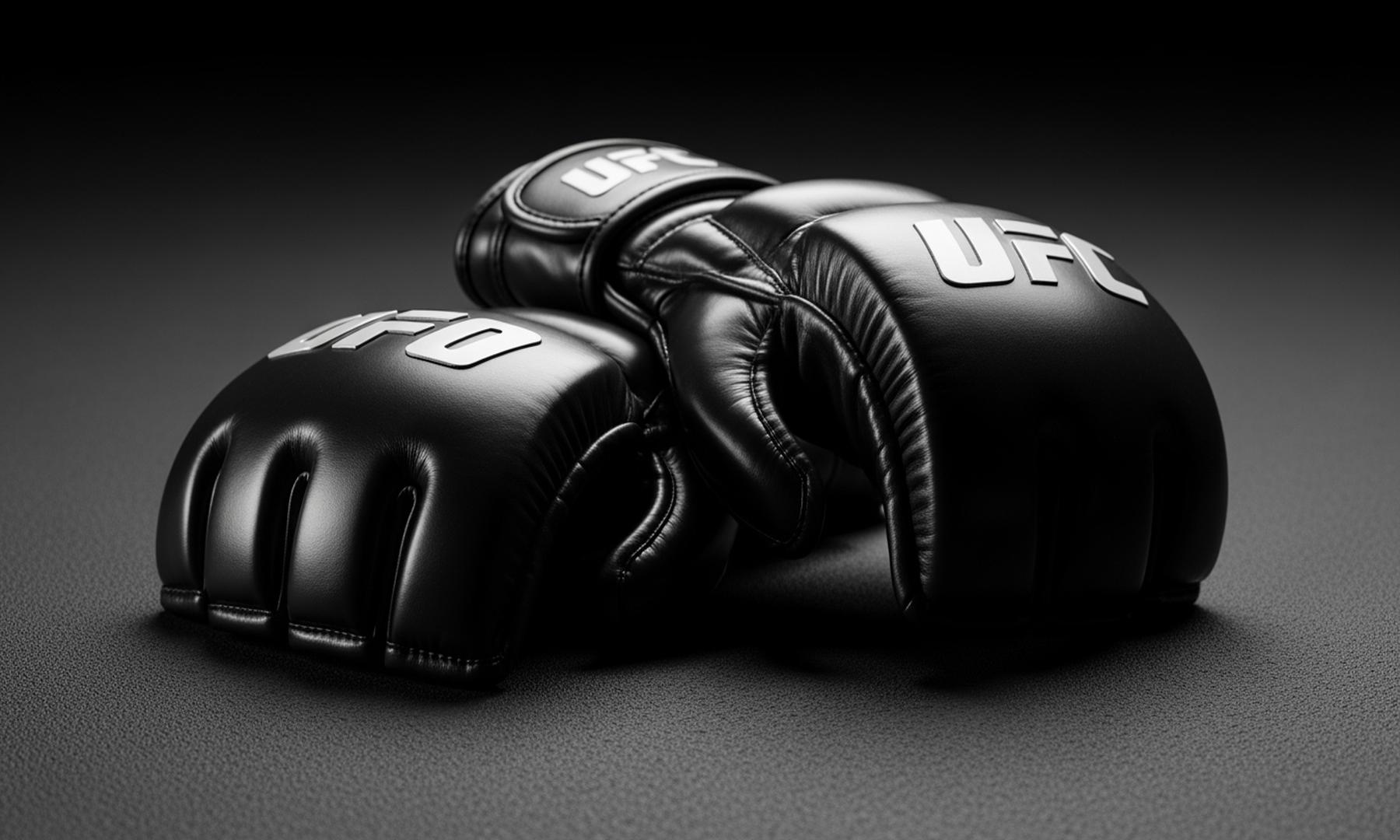What's Happening?
An Ohio judge has granted a temporary restraining order that permits high school athletes in the state to enter into Name, Image, and Likeness (NIL) deals. This ruling, issued by Franklin County Common
Pleas Court Judge Jaiza Page, opens the door for student-athletes at all schools within the Ohio High School Athletic Association (OHSAA) to profit from sponsorships. The decision comes after Jasmine Brown, the mother of Jamier Brown, a five-star Ohio State commit, filed a lawsuit seeking to allow her son to accept NIL offers. Ohio is one of six states that previously prohibited high school athletes from accepting NIL payments. The ruling is expected to change the landscape for high school sports in Ohio, where ten of the top 300 players in the 2026 college football recruiting class are from.
Why It's Important?
This ruling is significant as it aligns Ohio with 44 other states that allow high school athletes to benefit from NIL deals. The decision could have substantial implications for the recruitment and retention of top athletic talent in Ohio, potentially increasing the competitiveness of Ohio high schools in national sports. It also sets a precedent that may influence other states with similar restrictions to reconsider their policies. The ability to profit from NIL deals could provide financial opportunities for student-athletes and their families, impacting their decisions regarding college commitments and career paths.
What's Next?
The Ohio High School Athletic Association is finalizing communications regarding the next steps for member schools and will provide details soon. Another hearing on a preliminary injunction is scheduled for December 15, which could further solidify the legal framework for NIL deals in Ohio high schools. Stakeholders, including schools, athletes, and legal representatives, will likely continue to navigate the implications of this ruling, potentially leading to new regulations and guidelines to ensure fair and ethical practices in NIL agreements.
Beyond the Headlines
The ruling raises ethical and legal questions about the commercialization of high school sports and the potential impact on student-athletes' education and well-being. It may prompt discussions on how to balance athletic opportunities with academic responsibilities and the role of schools in managing these new financial dynamics. Long-term, this could lead to shifts in how high school sports are perceived and managed, with increased focus on the business aspects of athletics.












